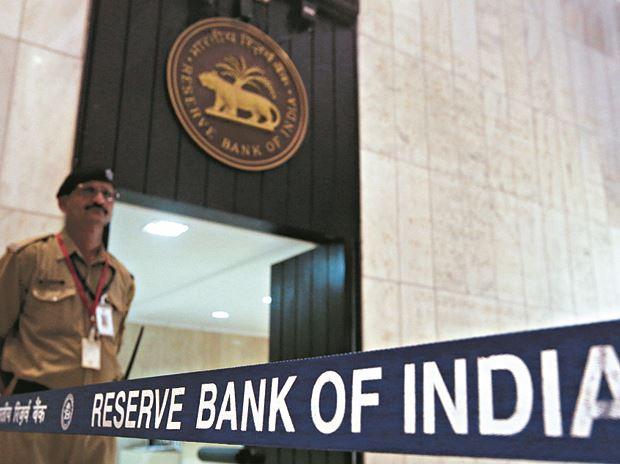Bond dealers and economists are certain that the Reserve Bank of India (RBI) will lower the policy rate. However, there is disagreement on the timing.
The rate can be pared right now to give growth a push, but is possible that the six-member Monetary Policy Committee (MPC) prefers to pause till the Union Budget in July. By then, those who prefer a pause in the June 6 policy say monsoon-related uncertainties would be clear, too.
The policy repo rate is now at 6 per cent. Retail inflation was at 2.92 per cent in April, but the market expects gross domestic product (GDP) to come below 6 per cent for the last quarter. GDP numbers will be released on Friday.
Nine of the 12 economists and bond dealers polled by Business Standard expect a rate cut on June 6. The measure of cut is certainly 25 basis points (bps), but there could be an unconventional cut of 35 bps, too, say Bank of America Merrill Lynch Chief Economist Indranil Sengupta and State Bank of India (SBI) Group Chief Economic Advisor Soumya Kanti Ghosh. SBI’s Ghosh also sees a chance of rates getting pared by 50 bps on June 6.
Economists largely agree that inflation is not a concern area for now, but growth is. “Certainly, we don't need to worry about inflation in the next nine to 12 months, but growth is a concern. Also, the fiscal math and monsoon are uncertainty factors,” said Upasna Bhardwaj, chief economist of Kotak Mahindra Bank. She expects a cut of 25 bps, but no change in stance before the Budget.
Goldman Sachs economist Prachi Mishra doesn’t expect a rate cut because past transmission has not taken place. Oil prices and monsoon remain uncertain, while retail prices show some signs of firming up, Mishra wrote in her report.
However, Indranil Pan, chief economist of IDFC Bank, sees a rate cut at this point to be apt because bond yields have fallen sharply. He says if a rate cut is front-loaded, bankers can then be pushed for lending rate cuts. Incessant supply of debt papers might push up yields in a few months and transmission can get affected once again.
Soumyajit Niyogi, associate director of India Ratings and Research, sees changes in stance and rates “for better transmission through signalling effect.” A change in stance to accommodative could be that extra push to convince markets that the RBI is there for support.
“Against the evolving growth-inflation dynamics, we see a definite scope for a larger rate cut with a change in stance to accommodative. A change in stance alone will improve market participants’ conviction about the easy liquidity conditions. This is the need of the hour, given the intensity of demand slowdown,” said Rupa Rege-Nitsure, chief economist of L&T Finance Group.
Economists and market participants expect the RBI to guide about easy liquidity in the coming days. Banking system liquidity has improved considerably. The deficit is now only at about Rs 2,018 crore as the government's cash balance with the RBI comes down.
“Liquidity should improve in the system as the government has started spending,” said Saugata Bhattacharya, chief economist of Axis Bank. Bhattacharya sees the repo rate to be cut by 25 bps, with no change in stance.
Madan Sabnavis, chief economist of CARE Ratings, says the central bank could prefer to pause and wait for the Budget.
“While we maintain the view that rates have plateaued, odds for policy rates to fall by another 25-50 bps are rising,” wrote Radhika Rao, economist at DBS.
“The fluid global environment is a wildcard in this context, particularly as a sharp decline in G3 bond yields and an inversion in the US bond yield curve has revived global growth fears. Any resultant impact on the Indian rupee and markets will leave the RBI on a cautious footing,” said Rao, even as she expected a 25 bps cut in rates.
Published On : 30-05-2019
Source : Business Standard

